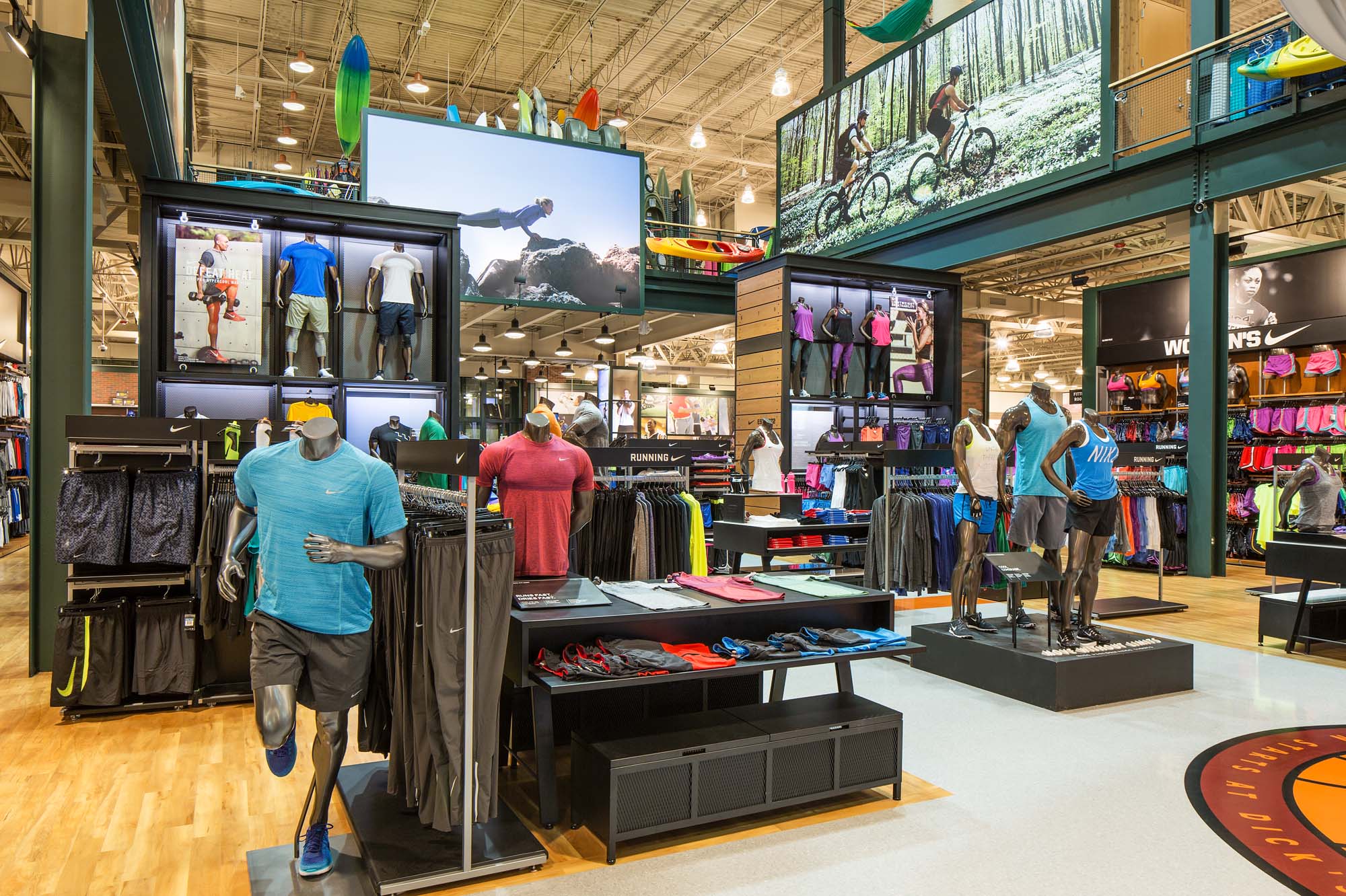
Small Sporting Goods Stores
Running a small sporting goods store comes with its own set of challenges, especially in a market dominated by larger retailers. However, with the right strategies and a dash of innovation, small businesses can carve out their niche and not only survive but thrive. In this article, we’ll explore six innovative ways for small sporting goods stores to boost sales and engage customers effectively.
1. Interactive In-Store Experiences
One of the unique advantages small sporting goods stores have over their larger counterparts is the ability to create a personalized and interactive in-store experience. Consider implementing interactive zones where customers can test equipment or try out gear. For example, set up a mini golf range to allow customers to test golf clubs or create a small indoor climbing wall for testing climbing equipment.
This hands-on approach not only engages customers but also helps them make informed purchase decisions. Additionally, encourage staff to actively participate in these interactive experiences, providing expert advice and building a connection with customers.
2. Virtual Shopping Assistance
In today’s digital age, it’s crucial to extend your customer service beyond the physical store. Implement virtual shopping assistance through your website or dedicated mobile app. Allow customers to connect with knowledgeable staff via live chat or video calls to get product recommendations, sizing advice, or answers to any queries.
By providing this virtual shopping assistance, you not only enhance the customer experience but also cater to a broader audience, including those who prefer online shopping. Ensure that your online platform is user-friendly and optimized for mobile devices to make the virtual shopping experience seamless.
3. Social Media Challenges and Contests
Harness the power of social media to create a buzz around your sporting goods store. Run challenges and contests that encourage customers to share their sporting adventures, favorite products, or creative use of your gear. Create a branded hashtag and ask customers to use it when participating in these challenges.
For instance, you can launch a “Best Outdoor Adventure Photo” contest, where customers submit photos featuring your products in action. Offer attractive prizes such as store discounts, exclusive merchandise, or even a feature on your social media channels. This not only boosts engagement but also leverages user-generated content to showcase your products in real-life scenarios.
4. Subscription Boxes for Sports Enthusiasts
Introduce a subscription box service tailored for sports enthusiasts. Customers can subscribe to receive a curated box of sporting goods and accessories regularly. Customize the boxes based on different sports, seasons, or themes. This not only creates a sense of anticipation among subscribers but also introduces them to new products they might not have considered.
Incorporate a survey or feedback mechanism to understand customer preferences better, allowing you to fine-tune the contents of each box. Offer subscription tiers with varying levels of customization and exclusive perks to cater to a diverse customer base.
5. Community Events and Partnerships
Build a strong sense of community around your sporting goods store by hosting local events and forming partnerships. Sponsor local sports teams, organize charity runs, or host fitness classes in collaboration with local instructors. These initiatives not only promote a healthy and active lifestyle but also position your store as a hub for the local sports community.
Consider forming partnerships with nearby cafes or health stores to cross-promote each other. For example, offer discounts to customers who bring in receipts from partner businesses or collaborate on co-hosted events. This not only expands your reach but also fosters a sense of camaraderie among local businesses.
6. Educational Workshops and Demos
Position your sporting goods store as a knowledge hub by organizing educational workshops and product demonstrations. Invite experts in various sports or fitness activities to conduct workshops on technique, training, and equipment usage. This not only attracts enthusiasts but also establishes your store as a trusted source of information.
Host regular product demonstrations where customers can learn about the latest gear and technology. Encourage manufacturers to provide representatives for these sessions, offering customers the opportunity to interact directly with experts. Consider recording and sharing these workshops online to reach a broader audience.
Conclusion
In the competitive landscape of sporting goods retail, small stores can stand out by embracing innovation and focusing on creating unique experiences for their customers. By incorporating interactive in-store experiences, virtual shopping assistance, social media challenges, subscription boxes, community events, and educational workshops, small sporting goods stores can boost sales, enhance customer engagement, and build a loyal customer base. Remember, the key is to continually evolve and adapt to the changing needs and preferences of your target audience.
For more insights and updates on the latest trends in the sporting goods industry, check out Market Business News. Your go-to source for business news and industry insights.





